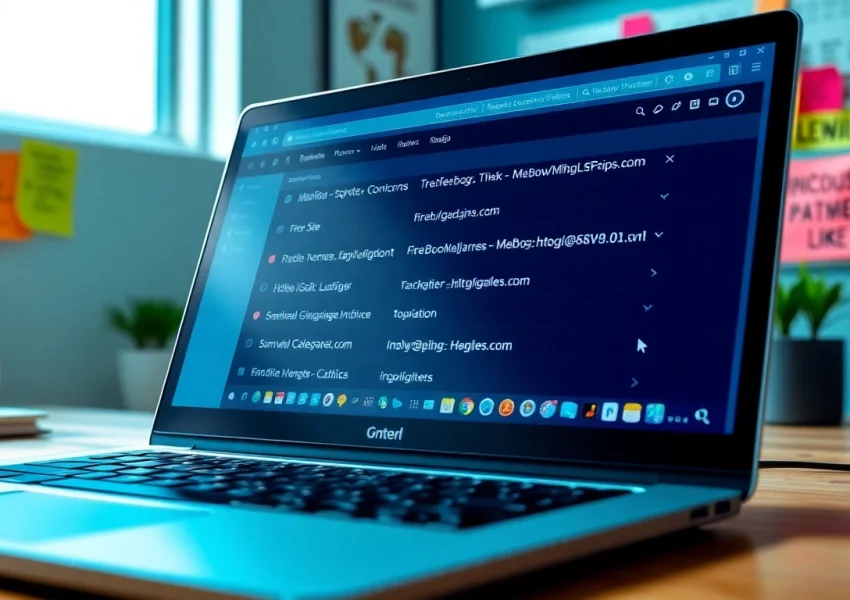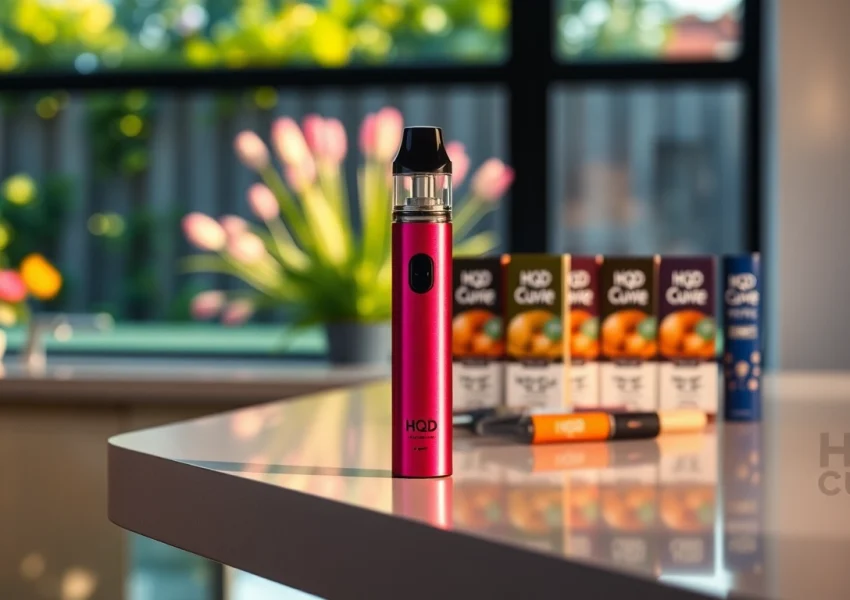Introduction to Converting MiniDV Tapes to Digital
In an age where digital technology reigns supreme, the need to preserve memories through various formats has never been more crucial. MiniDV tapes, once a popular medium for recording home videos and professional footage, can degrade over time or become obsolete with the progression of technology. The solution? Converting those precious MiniDV to digital files. This article delves into the world of MiniDV tapes, the reasons behind their conversion to digital formats, and provides a comprehensive guide to the conversion process, including tools, useful tips, and post-conversion advice.
What are MiniDV Tapes?
MiniDV, short for Mini Digital Video, was introduced in the late 1990s as a compact and efficient way to record high-quality digital video. These tapes are typically 60 to 90 minutes long and were primarily used in consumer and professional camcorders. MiniDV tapes utilize a digital compression format, allowing for high-resolution video and relatively small file sizes – a significant advantage during the early days of digital filmmaking. Although technology has evolved, many individuals and businesses still possess a wealth of invaluable footage stored on these tapes.
Why Convert MiniDV Tapes to Digital?
The primary motivation for converting MiniDV tapes to digital formats is preservation. Over time, physical tapes can degrade, suffer from mold, or become damaged, leading to the loss of cherished memories. Additionally, as technology advances, finding hardware to play MiniDV tapes becomes increasingly difficult. By converting these tapes to a digital format, you ensure that your memories remain accessible, safeguarded against degradation, and easier to share with friends and family. Digital files also have the advantage of being easily edited, organized, and stored on various platforms, from personal computers to cloud storage solutions.
Necessary Tools for Conversion
To begin the process of converting MiniDV tapes to digital, several tools and components are necessary:
- MiniDV Camcorder or Deck: To read the tapes, a camcorder designed for MiniDV playback or a dedicated MiniDV deck is essential.
- Video Capture Device: This device connects the camcorder to a computer, converting the analog signal into a digital format.
- Computer with Editing Software: A computer equipped with video editing software is needed to manage and edit the digitized files.
- Cables: FireWire cables (or USB, depending on your capture device) are crucial for transferring data.
- Storage Space: Adequate space on a hard drive or cloud storage is necessary to save the digital files once the conversion is complete.
Steps for Converting MiniDV Tapes to Digital
Preparing Equipment and Material
Before beginning the conversion process, it’s vital to gather all necessary equipment and prepare a suitable workspace. Ensure that your camcorder or deck is clean, fully charged (or plugged in), and connected to your video capture device. Additionally, prepare your computer by installing any necessary drivers and video editing software you plan to use.
Step-by-Step Conversion Procedure
The process of converting MiniDV tapes to digital can be straightforward when following these steps:
- Connect the Devices: Use a FireWire or USB cable to connect your camcorder or deck to the computer and ensure both devices are powered on.
- Set Up Video Editing Software: Open your video capture software, which should detect the connected device automatically. Configure the settings according to your preferred output format.
- Insert the MiniDV Tape: Place the tape into the camcorder or deck and fast forward to the beginning of the tape.
- Start Recording: Once your software is configured and the tape is ready, start the capture process within the software and play the tape.
- Monitor the Capture: Watch the video as it is being captured to ensure there are no drops in quality or interruptions.
- Stop and Save: Stop capturing once the video has finished playing. Save the file in your desired format.
Common Mistakes to Avoid During Conversion
As with any process, several pitfalls can impede your success. To ensure a smooth transition from MiniDV to digital, avoid the following mistakes:
- Using Incompatible Hardware: Make sure that your camcorder and capture devices are compatible and that your computer has adequate software to handle the conversion.
- Neglecting Backup: Always back up your original MiniDV tapes, as digital copies can fail or become corrupted.
- Insufficient Storage Space: Ensure your computer has enough storage to save the resultant video files.
- Skipping Quality Checks: Always monitor the capture process to catch any issues early on.
Benefits of Converting to Digital Format
Raising Awareness and Preserving Historical Data
By converting MiniDV tapes to digital, you contribute to the preservation of history, whether it be precious family moments or critical documentation of events. Digital records are less susceptible to decay and can be archived securely. This not only safeguards personal memories but can also serve educational and cultural purposes by maintaining historical footage for future generations.
How Digital Enhances Accessibility and Sharing
Digital files can easily be categorized and accessed from various devices, making it more convenient to share with others. You can send videos directly via email, upload them to cloud services, or share them on social media platforms in a matter of clicks. This ease of access extends not just to the initial sharing, but also to the ability to edit and enhance videos as needed, creating a more engaging experience for viewers.
Space Saving and Information Security
Digital storage options, such as external hard drives and cloud storage, offer a compacter solution compared to the physical space required for MiniDV tape storage. Moreover, digital backups can be synchronized across devices. This ensures that all data is secure and recoverable in the event of loss or damage to original files. With the right backups in place, you can rest assured that your valuable memories are protected.
Post-Conversion: What to Do After Transformation
Methods for Digital Storage of Converted Files
Once your MiniDV tapes have been successfully converted to digital files, the next step involves deciding how to store them. Here are a few methods:
- External Hard Drives: A reliable and spacious option for those looking to keep a personal library of video files.
- Cloud Storage: Services such as Google Drive, Dropbox, or specialized archival systems provide flexibility and security, allowing you to access files from anywhere.
- Network Attached Storage (NAS): For those with larger quantities of data, NAS solutions provide a home server with redundancy options, increasing data safety.
Creative Ways to Share Digitalized Memories
Once you’ve converted and stored your MiniDV footage, the fun can begin! Here are creative ideas to share your digitalized memories:
- Creating Family Movies: Compile clips into a compilation video to celebrate milestones and events.
- Online Sharing: Upload your videos to platforms like YouTube, where you can share them publicly or privately with selected audiences.
- Digital Frames: Invest in a digital photo frame that can display videos for viewing at family gatherings.
Backing Up Digital Files: Techniques and Tips
Backing up your files is paramount. Here are some techniques to ensure your memories are safe:
- 3-2-1 Backup Rule: Keep three copies of your data (1 primary, 2 backups), on two different media types (like an external hard drive and a cloud service) with one offsite.
- Regular Backups: Schedule regular backups to ensure updates capture recent changes and new uploads.
- Use Redundancy: Consider RAID setups or mirrored storage solutions for important data to manage risk.
Conclusions and Final Recommendations
Summary of the Advantages of MiniDV to Digital Conversion
The conversion of MiniDV tapes to digital files is a worthwhile investment for safeguarding memories, enhancing accessibility, and improving overall video management. In a world where digital content is at our fingertips, ensuring your memories are preserved in a reliable format is essential. The benefits are manifold, from preventing degradation to providing ease of sharing and improved organization.
Recommended Resources for Simplified Conversion
For those looking to begin their journey into the world of digital conversion, many resources can assist:
- Video Editing Software: Adobe Premiere Pro, Final Cut Pro, or more accessible options like iMovie for straightforward editing.
- Online Forums and Tutorial Websites: Platforms like YouTube or dedicated tech blogs can provide valuable insights and step-by-step guides.
- Professional Services: If you prefer a hassle-free experience, consider hiring professional services specializing in video conversion.
Next Steps for Users Interested in Digitalization
Now that you have a comprehensive understanding of the MiniDV to digital conversion process, it’s time to take action! Gather your materials, research your conversion options, and don’t hesitate to reach out to professionals if needed. Embrace technology to preserve your cherished moments and make them last forever.






